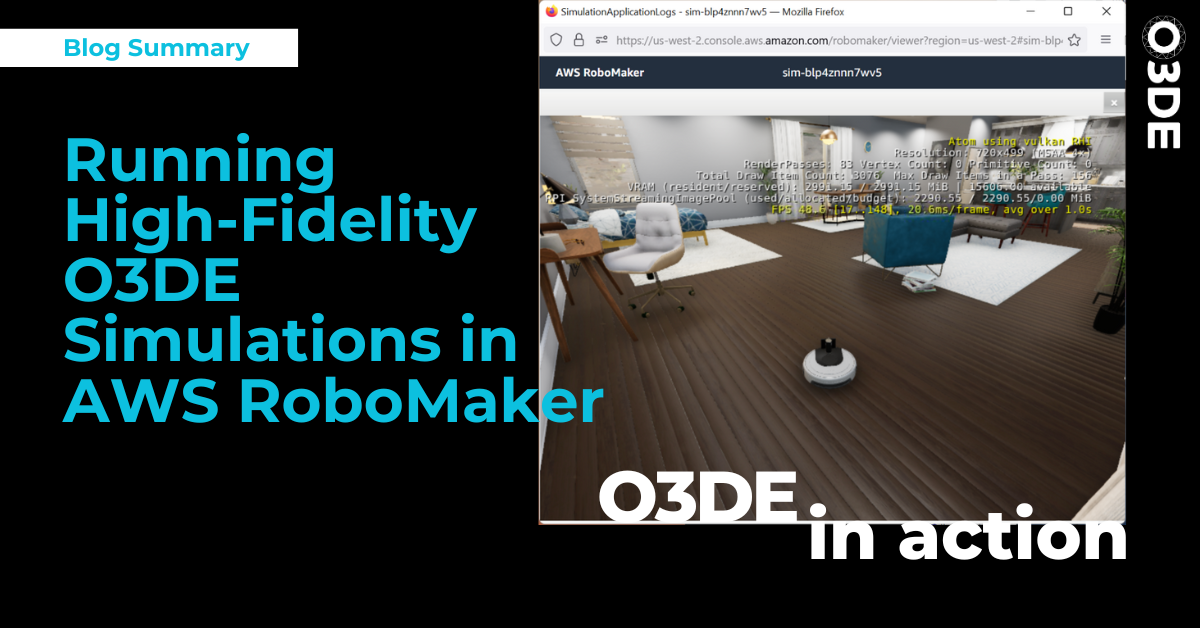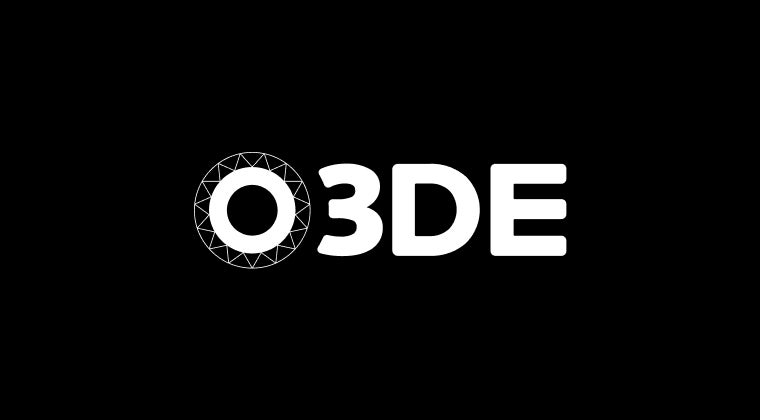
In this summary of a blog written by AWS, titled Running High-Fidelity O3DE Simulations in AWS RoboMaker, Matt Hansen and Stephen Phram of AWS discuss the challenges of developing autonomous robots due to the complexities of integrating hardware and software. They talk about the value of high-fidelity simulations—created using the Open 3D Engine (O3DE)—in enabling quick testing and iteration before the availability of actual hardware.
The O3DE’s modular, Gems-based architecture allows developers to select and customize various packages for their projects. The recent addition of the ROS 2 gem integrates O3DE with the Robot Operating System (ROS), enabling the creation of high-fidelity robotic simulations, which enhance confidence in testing vision, perception and recognition systems.
In addition, the engine uses a physically-based, configurable renderer—called Atom—to achieve photorealistic graphics, and employs an NVIDIA PhysX-based physics engine to simulate real-world physics. The ability to run O3DE simulations in the cloud using solutions like AWS RoboMaker offers performance, cost-effectiveness and scalability to accelerate development.
The blog explains how to create robotic simulation projects using O3DE and AWS RoboMaker with step-by-step instructions—from building container images from an O3DE sample application to deploying them as simulation jobs in AWS RoboMaker—including:
- Setting up prerequisites
- Building Docker container images
- Extending images to include NICE DCV plugins
- Pushing images to Amazon ECR
- Creating and configuring AWS RoboMaker simulations with CPU and GPU compute types
- Launching simulation jobs
Get the step-by-step instructions here.
By leveraging the capabilities of O3DE and AWS RoboMaker, developers can run high-fidelity robotic simulations, with the ability to efficiently test and iterate their code before deploying it in the real world.



